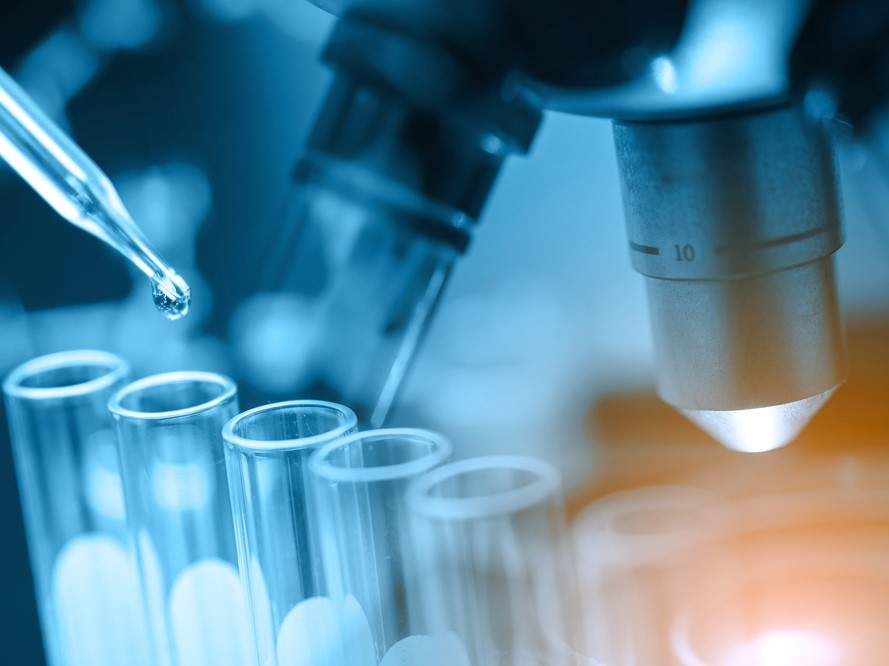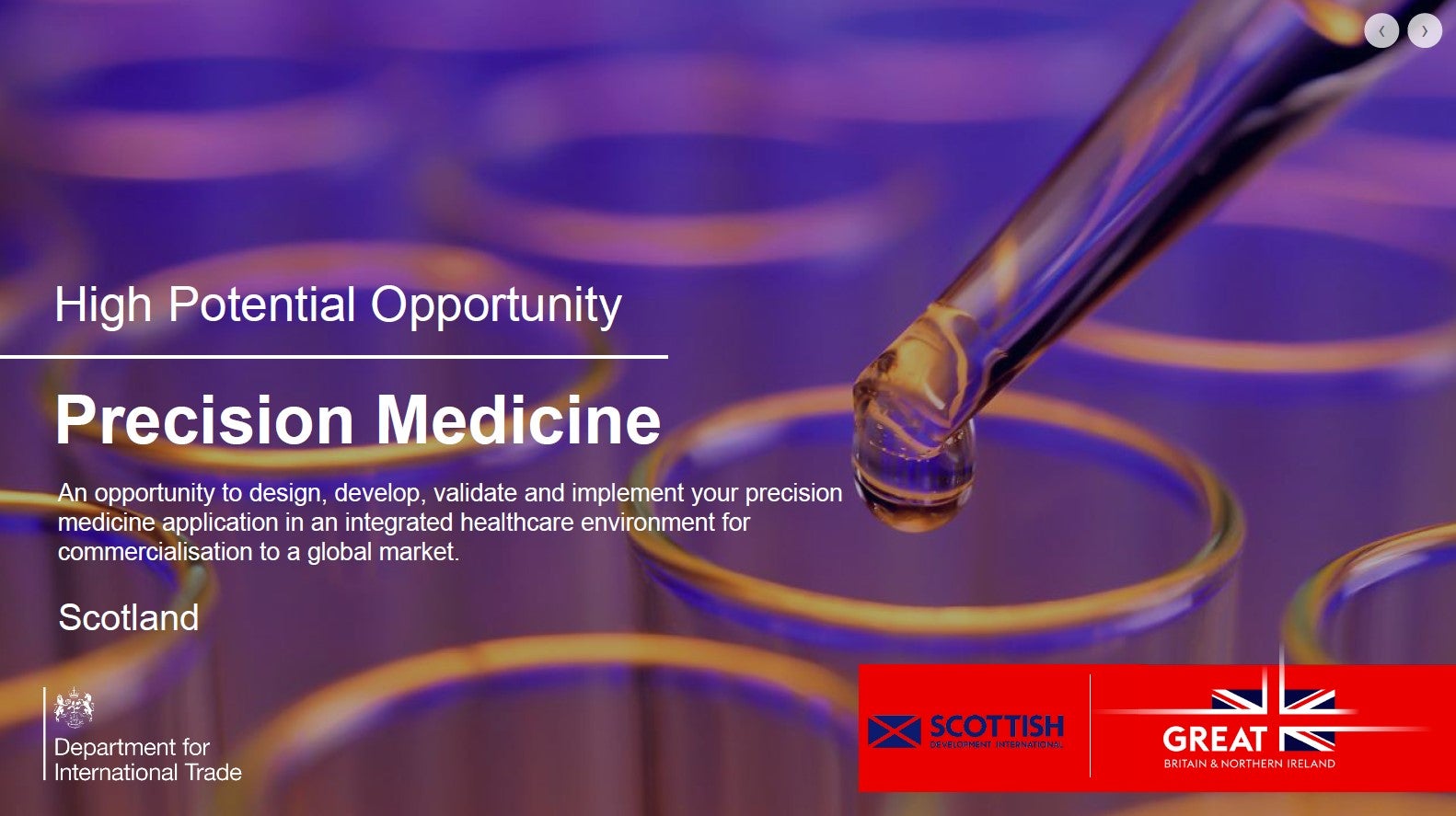
According to the World Health Organisation (WHO) a clinical trial is defined as ‘any research study that prospectively assigns human participants…to one or more health-related interventions to evaluate the effects on health outcomes’ – these ‘interventions’ include drugs, as well as biological products, medical devices and surgical procedures among others.
Every drug that can be prescribed for patients around the world has been approved by national regulatory authorities, such as the US Food and Drug Administration (FDA), the European Medicines Agency (EMA) and the Australian Therapeutic Goods Administration (TGA), after successfully completing all the required stages of clinical trials.
The process undertaken by pharmaceutical companies for drug candidates consists of a series of phases to ensure the product is safe and effective at treating the disease it is indicated for.
The stages of clinical trials start with pre-clinical studies and progress through phase I, phase II and phase III. Occasionally phase 0 studies are carried out before phase I and phase IV studies are undertaken after the drug has been approved and launched on the market.
Pre-clinical studies
Before a drug candidate can begin the clinical trial process, it is tested by its manufacturer through pre-clinical studies for toxicity, otherwise known as its ability to cause serious harm, as well as pharmacokinetic information.
Dosing is also tested during pre-clinical research period. This is done using both in vitro (on cell cultures) and in vivo (on animals) methods, as well as occasionally with the help of computer models.
Phase 0
After exhibiting low toxicity and completing pre-clinical studies, some drugs go into the phase 0 stage of the clinical trial, while others skip this stage and progress directly to phase I.
Phase 0 is also commonly known as human micro-dose studies because it involves a very small group of participants, usually between ten and 15, who have been given a low, sub-therapeutic dose of the drug.
This low dose will not be able to treat the condition the drug is indicated for, instead it allows companies to clarify that the drug behaves in humans in the same way as expected from the laboratory, pre-clinical research stage.
Some pharmaceutical companies also use this stage to decide which of their candidates has the best pharmacokinetic effect in humans and to visualise specific therapeutic targets.
Phase I
Phase I trials are the first full human study the drug will be subject to and therefore they primarily focus on its safety and tolerability. This stage involves a slightly larger number of participants than phase 0 studies, often between 20 and 100 subjects.
This stage of the clinical trial is often organised as a dose escalation study – where the first small group of participants receive a very low dose of the drug. If this is well tolerated, the dose is increased for the next cohort, and so on. This helps the pharmaceutical company to more accurately calculate the best dose to continue testing in the next phase.
Phase I trials are usually conducted using healthy volunteers, however, patients with the indicated disease may be used if the mechanism of action of the drug suggests it may not be tolerated in healthy people.
Phase II
If a drug is well tolerated in phase I, it progresses to phase II. In this stage the number of patients is increased once more, with as many as several hundred participants being used to gauge the efficacy of the drug.
During this test period researchers can also pinpoint related side effects and continue safety assessments from previous studies.
Phase II clinical studies also help to determine the best therapeutic doses for the next phase; sometimes this stage is designed to be divided into two parts so that dosing requirements can be specifically focused upon.
Phase III
Phase III trials concentrate on discovering the efficacy of the drug and differ from phase I and phase II studies because they occur over a longer time period, involve more patient participants and happen under conditions that reflect daily clinical life.
Participants in phase III trials are often randomised into two groups – with one taking the experimental drug candidate, and the other either taking a placebo or the standard treatment for the indicated disease. This method allows pharmaceutical companies to evaluate if their drug contributes to the treatment of the indicated disease in practice.
It is common for phase III trials to be separated in to two sub-stages – phase IIIA and phase IIIB. Drug manufacturers often submit applications for regulatory approval after phase IIIA studies and, whilst waiting for approval, they undertake phase IIIB studies to obtain further safety data and further support their claims about the drug.
Phase IV
Following approval from national regulatory authorities, some drugs continue in the clinical trial process and enter phase IV, which is also known as a post-marketing surveillance trial.
Phase IV studies allow drug companies to uncover more information about the side effects and safety of the drug, as well as provide an opportunity for researchers to learn the longer term risks and benefits. They are sometimes required by regulatory authorities or by investors into the drug.




